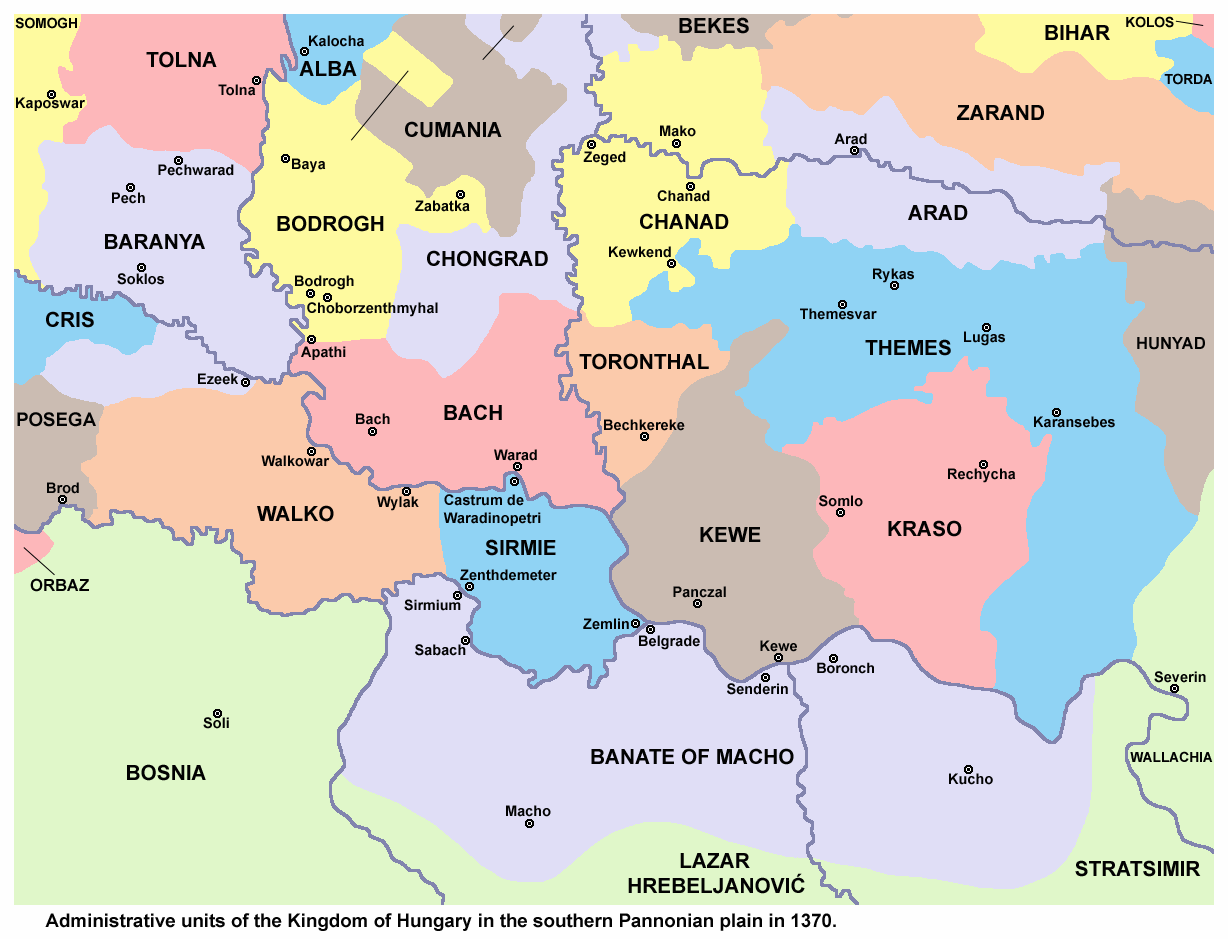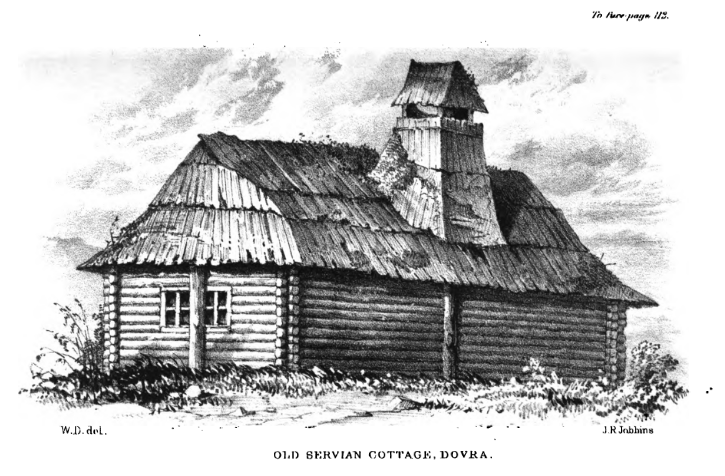Original research paper by Mirčeta Vemić, Institute of Geography “Jovan Cvijić”, Serbian Academy of Arts and Sciences: http://www.doiserbia.nb.rs/img/doi/0352-5732/2014/0352-57321447201V.pdf
UDC 94(100)”1914/1918″
UDC 343.819.5(=163.41)(493.5)”1914/1918″
DOI: 10.2298/ZMSDN1447201V
CONCENTRATION CAMP ASCHACH AN DER DONAU
(K. u. k. Kriegsgefangenenlager Aschach an der Donau)
10.903 Serb internees, 5.362 Serb victims
Concentration camp Aschach an der Donau, officially “Imperial and Royal Camp for Prisoners of War Aschach an der Donau” (Kaiserliches und Königliches Kriegsgefangenenlager Aschach an der Donau), was built at the same time and not far away from the concentration camp Mauthausen, upstream next to the Danube close to the city of Linz, in the region of Upper Austria, while Mauthausen was downriver and even closer to Linz. In this camp Serbian and Montenegrin POW officers, soldiers and internees [interned civilians, translator’s note] were imprisoned. As stated by Stojiljković, “in the Aschach concentration camp there were shacks where in bunk beds 150-200 people were living. They were without doors or windows for a long time… Serbian officers in Aschach were in seven wooden shacks, fenced off with a tall and dense wire fence. By the fence there was a two meter deep trench. There was a guard each 50 paces apart. At night the guards were even more densely spaced, with patrols constantly touring them…” [Stojiljković 1995].
Serbian POWs and internees arrived to Aschah at the start of 1915. by transfer from camps in northern Hungary. There was a larger group which was transferred form the Heinrichsgrün from Czechia. The new, enormously large groups of internees constantly arrived, exhausted by long marches and transported “like cattle”, so the shacks quickly became overcrowded and cramped. They lived below any hygienic minimum. A real misery. The first winter in 1915. took many away, even more than the famine itself, as seen from the report of Živko Topalović: “You didn’t need a thermometer to measure the temperature. The cold was measured by the number of the dead” [Topalović 1918].
According to official Austro-Hungarian documents in the Aschach camp during 1916. there was 10 903 prisoners [Serbian Military Archive 1916]. According to the information of the office of the Military Governorate General in Serbia in this camp in May 1917. there was 6355 and in June 1918. 4418 internees [Stojiljković 1995]. During 1916. when the economic crisis expanded, hunger and exhaustion of the internees were such that they simply died on their feet or while walking. They would go to work pushing empty wheelbarrows, only to be returned dead in those same wheelbarrows. They would faint from hunger. They would take out bones which had already been gnawed round from the trash. They even ate grass. Only the braver attempted escape. Some even managed it. Escapes were done using money, as the Austrian guards were hungry as well. The escapees who were able to reach Switzerland would bring the news there about the unbearable situation in Austro-Hungarian concentration camps.
As with other concentration camps, the final number of the victims was not established. Petar Opačić [1994] states that in the military cemetery in Aschach, it is inscribed on the memorial plaque that 5362 Serbs are buried there.
Translated by Books of Jeremiah



